With the changing dynamics of the business world and consumer behaviors, the year 2020 is all about accessibility and relevancy. According to recent research, four out of five consumers use search to find local information. If you are not optimizing your business for the local SEO, you will likely miss out on nearly 80% of your potential customers.
This is why we have created a complete guide to help you optimize your business for the local SEO. This comprehensive guide will cover all the tips and tools which you need for the local SEO.
So, without further ado, let’s dive into it!
What is Local SEO?
Local SEO is all about optimizing your business to increase search visibility based on geographical area. This helps your business to promote products and services to local prospects and customers.
For instance, if I search ‘Pizza shop in New York,’ this is what Google shows.
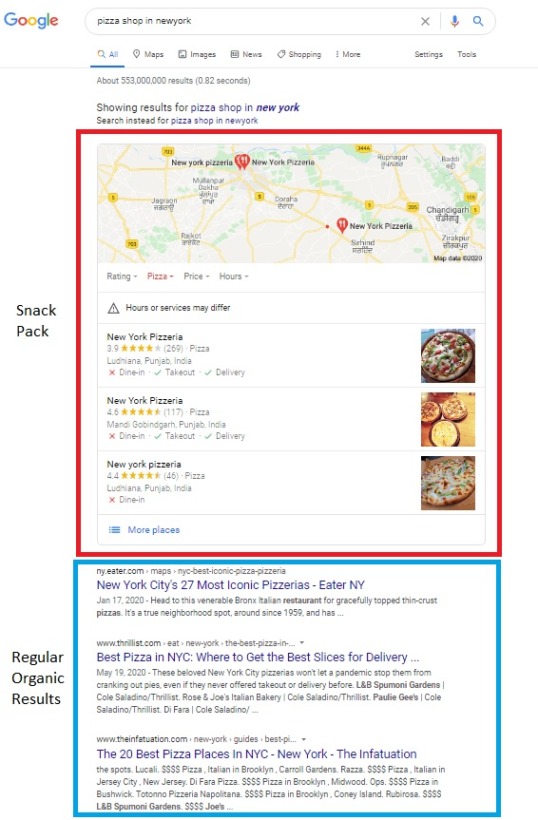
Now notice that there are two distinct sets of search results:
1. The “snack pack” results
2. The “regular” organic results
I am sure most of you, if not all, are very familiar with the later one, but what are these “snack pack” results?
Google Snack Pack is a boxed area on the first results page when a local online search is done through Google’s search engine. The Snack Pack box displays the top 3 local business listings most relevant to the search inquiry.
According to a study, nearly 33% of clicks go to the local “snack pack” results, with 40% going to the regular organic results.
Therefore, it is essential for your business to rank in both, and that is why local SEO holds such immense importance.
Here we have jotted down 10 most effective local SEO tips to help your business rank higher on location-based searches.
Local SEO Tips
- Your NAP (name, address, and phone number) need to have consistent
- Optimize online directories and citations.
- Optimize for Google My Business.
- Optimize URL, title tags, headers, meta description, and content.
- Add location pages to your website.
- Improve your internal linking structure.
- Ensure your website is mobile-friendly.
- Create local content.
- Get inbound links with relevance and authority.
- Engage in social media and add posts to Google My Business.
1. Your NAP (name, address, and phone number) need to have consistency
Ensure that people, Google, and other search engines do not have to encounter difficulty finding you. The simplest way to do so is to add your NAP in a crawlable HTML text on your site.
Furthermore, ensure that you provide the same NAP on all platforms, whether its Facebook, Linkedin, or Twitter.
2. Optimize online directories and citations.
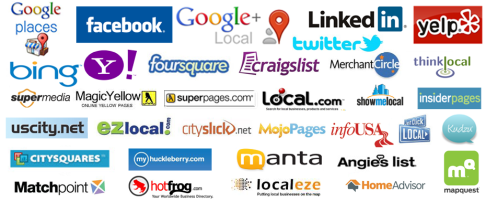
Companies like Apple, Yelp, Bing, Google, and Trip Advisor use these four map data aggregators for their map data.
· Factual
Now that you know this, you need to ensure that all your citations are consistent with all these four data aggregators. Your citations should not have any abbreviations, misspellings, wrong phone numbers, or lack of suite number.
Google algorithms work in a very simple manner, if Google can’t determine which information is correct, it won’t show it in its search results.
Additionally, be sure to remove any duplicate listings you find.
3. Optimize for Google My Business.
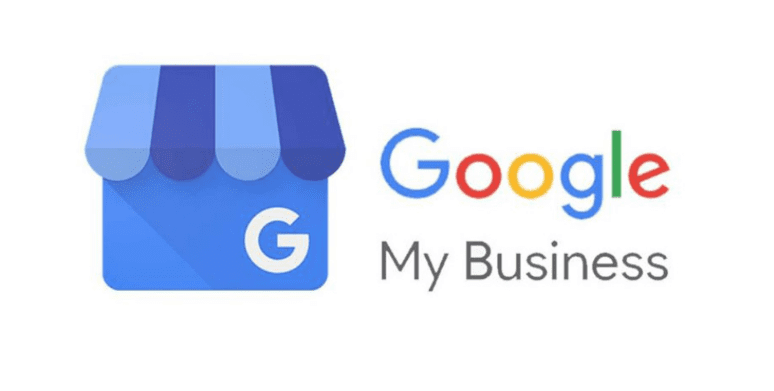
Ever since Google has introduced its tool, Google My Business, the importance of local SEO has witnessed new heights. If Google can verify your business as authentic and relevant, your business will likely be rewarded with a coveted sidebar space in Google’s local search.
To leverage this, you need to create and verify a Google My Business page, and then encourage your customers to share reviews online. This will help Google to understand your business better, and your chances to rank higher will increase.
However, along with reviews, people can offer suggestions/changes related to your business listing on Google my business. Therefore, you need to stay updated and ensure that all those changes are authentic and relevant.
4. Optimize URL, title tags, headers, meta description, and content.
With every new blog, you have a new indexed page for your website. If optimized and utilized with the right keywords that target a geographic search phrase, every new page can get you a new opportunity to be found in the search engine results pages (SERPs).
Use high-volume keywords in the URL, title, header, meta description, and body.
5. Add location pages to your website.
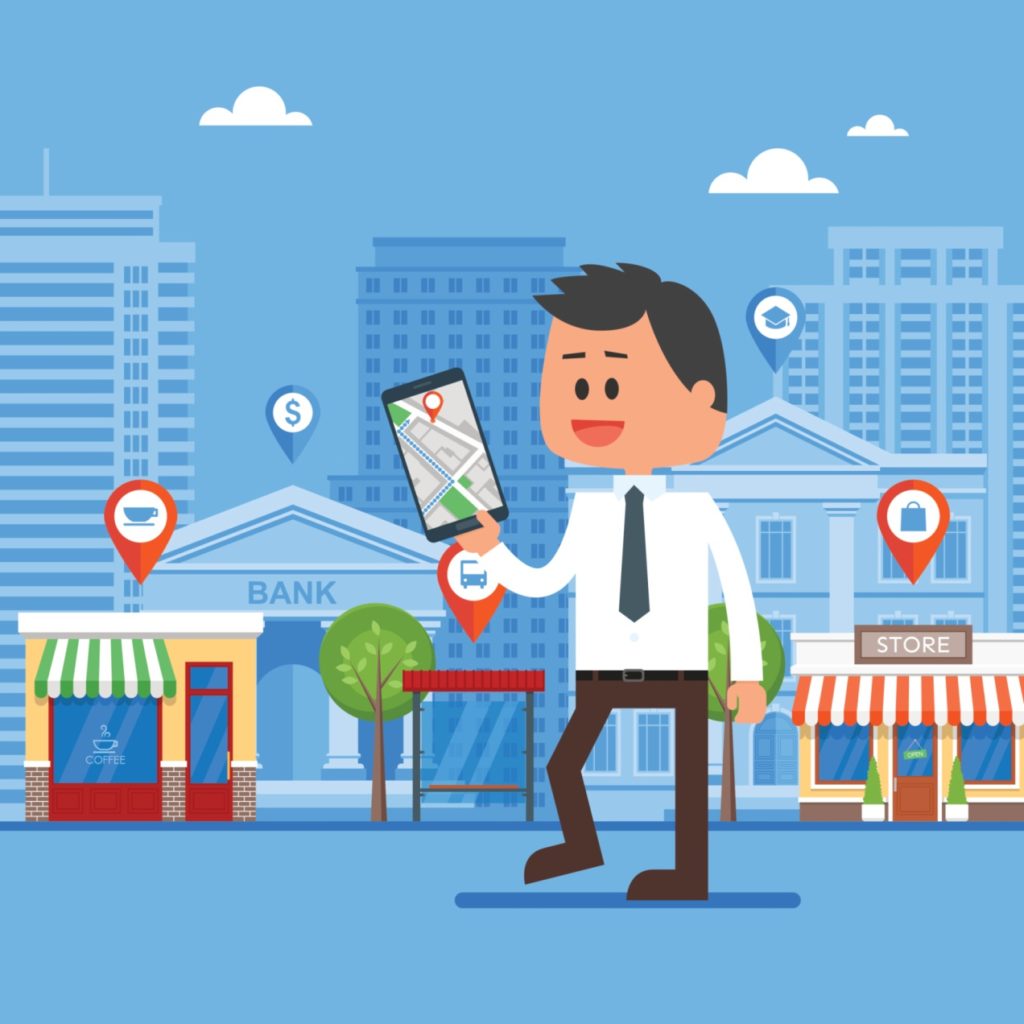
If your business has several physical locations, make sure to add location pages on your website. This will help you improve your customer experience by providing name, address, phone number, working hours, and unique store descriptions.
Try adding a Google Map to your website on your respective location page(s), this will serve as a bonus point!
6. Improve your internal linking structure
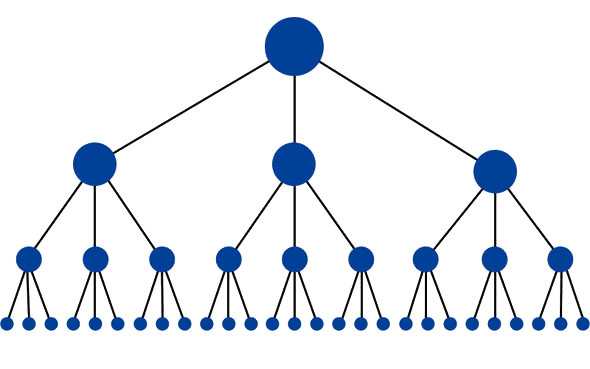
Having a proper internal linking structure is important for your website because it also contributes in boosting your SEO rankings.
The reasons why it matters:
· Supports website navigation
· Assists with website hierarchy and information architecture
· Distributes page ranking and authority among pages
7. Ensure your website is mobile-friendly.

When it comes to local searches, nearly 90% of the users are using mobile devices. Which means local search and mobile search go hand in hand.
People usually use mobile devices to visit your website to find directions to your location, read reviews, and search for contact information. Therefore, having a mobile-friendly website is necessary to make it easy for your prospects and customers.
8. Create local content.
Over the past few years, Google has continued to get smarter and change its algorithms to rank your website, which means content creators need not to focus on writing for search engines but people. Although many people argue that writing about general topics will attract more crowd, it’s sometimes more important to focus and write for the local audience.
Being a local authority can strengthen your position and, ultimately, your rankings because Google values relevancy and value that your content is providing to the user.
9. Get inbound links with relevance and authority.
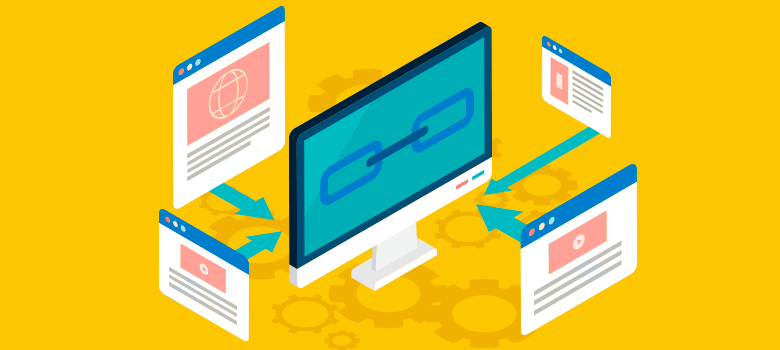
Having inbound links is very important to boost your local SEO because every inbound link indicates Google about your legitimacy and raises your domain authority. Here are a few ways to get inbound links:
· Guest Blog Posting
· Sponsorships or Partnerships
· Scholarships
10. Engage in social media and add posts to Google My Business.
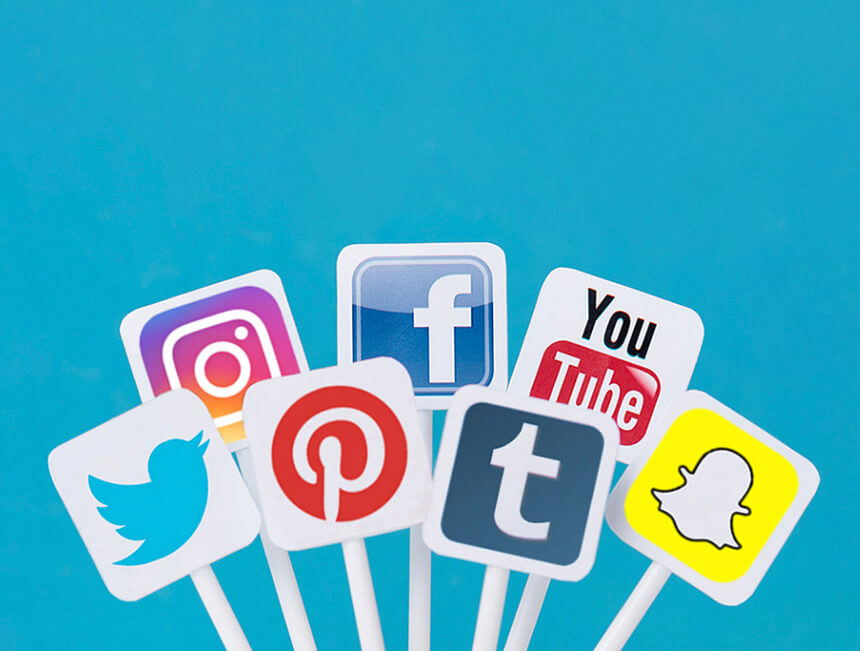
Having a social media presence is more important now than ever before.
Google considers the content shared on social media relevant.
Now that you’ve carved out a beautiful Google My Business page, share it on social media, further aligning social and search.
Local SEO Tools
1. Whitespark Local Citation Finder

Price: Free starter version
A local citation is when someone mentions the name, address, and phone number online for a local business. And, they matter because they help surface local businesses in an online search. When local companies actively manage their citations to ensure data accuracy, it promotes the trust of these online listings.
This is where Whitespark kicks in. It offers local listing management, recommendations for listing sites, examines your competition, and robustly builds and monitors your citation growth for better local search rankings.
2. Ahrefs
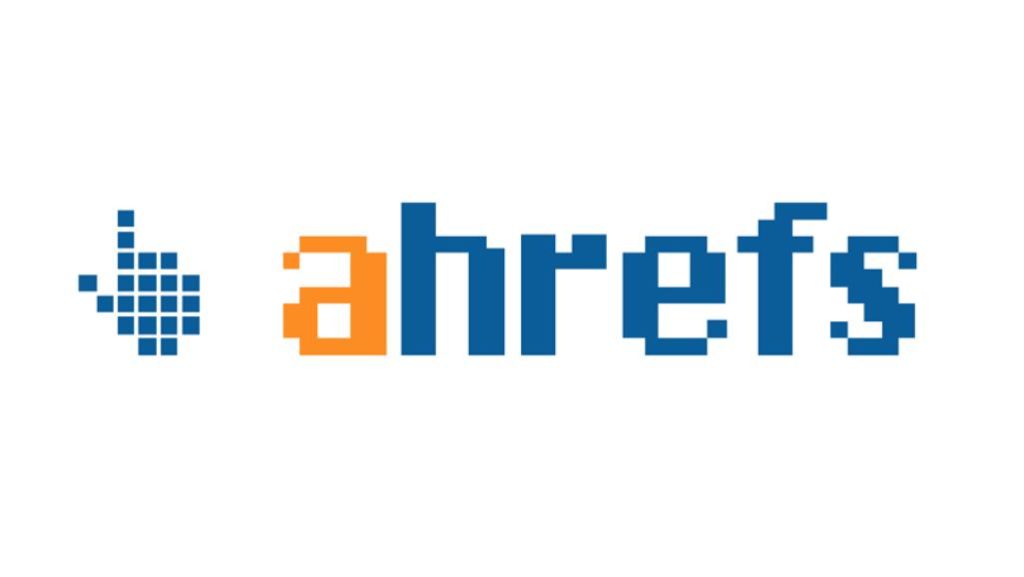
Price: Starting from $99/month
Backlinks are essential as these links serve as an indicator of website authority, and Ahrefs helps with backlink checking. It also offers competitor analysis, keyword research, and insight into other websites’ anchor text when backlinking to your site.
3. Screaming Frog
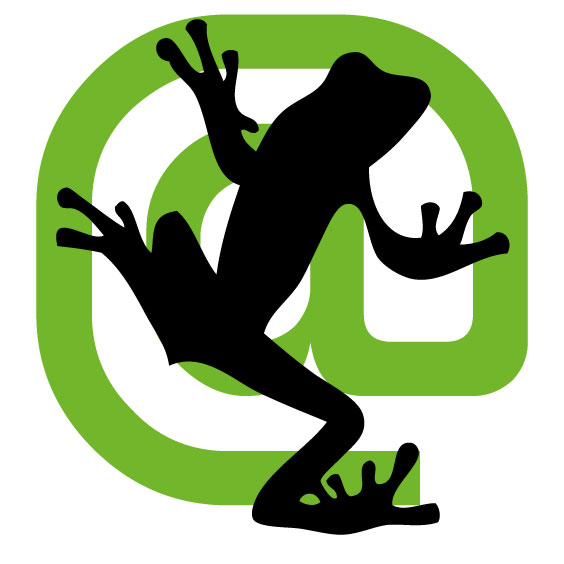
Price: Free starter version
Screaking Frog is one of the best programs that crawl websites’ links, images, CSS, script, and apps from an SEO perspective. It will help you identify if your site has any missing pages, meta descriptions, or H1’s?
4. Moz Local

Price: Starting from $129/year
Moz Local ensures if your business listings have been verified on Google and Facebook, and distribute your listing across the search ecosystem.
It also collaborates with data aggregators to help push listings, ensuring your business gains visibility.
Contact AdRush Digital
With all of that said, we know this can be a bit overwhelming. Keep in mind that local SEO is just one part of a holistic digital strategy. If you’d like to know more about how to optimize your brand online, get in touch!


